Impact of Trade Policies
Trade policies are exerting a significant influence on the palm oil market. The US has engaged in various trade agreements that affect the import and export dynamics of palm oil. Tariffs and trade restrictions can alter market access for palm oil producers, impacting pricing and availability. For instance, changes in import duties may lead to fluctuations in palm oil prices, affecting both consumers and manufacturers. Additionally, trade policies that promote sustainable practices can create opportunities for US companies to source palm oil from certified producers. The palm oil market must navigate these complex trade landscapes to maintain competitiveness. As trade policies evolve, stakeholders in the industry may need to adapt their strategies to mitigate risks associated with market volatility and ensure compliance with international standards.
Shifts in Consumer Preferences
Consumer preferences are evolving, significantly impacting the palm oil market. There is a growing inclination towards plant-based diets and clean-label products, which has led to increased scrutiny of ingredient sourcing. In the US, consumers are increasingly aware of the health implications associated with palm oil, prompting some to seek alternatives. This shift is reflected in market data, indicating a decline in palm oil usage in certain food categories, while demand for alternatives like olive oil and avocado oil is on the rise. Companies in the palm oil market must adapt to these changing preferences by reformulating products and enhancing transparency in sourcing. This adaptation may involve investing in marketing strategies that highlight the benefits of sustainably sourced palm oil, thereby appealing to health-conscious consumers. The ability to respond to these shifts could determine the future viability of the palm oil market.
Rising Demand for Sustainable Products
The palm oil market is experiencing a notable increase in demand for sustainable products. Consumers are becoming more environmentally conscious, leading to a shift in purchasing behavior. This trend is reflected in the growing preference for sustainably sourced palm oil, which is perceived as a more ethical choice. In the US, the market for sustainable palm oil is projected to grow at a CAGR of approximately 5% over the next five years. Companies that adopt sustainable practices may gain a competitive edge, as retailers and consumers increasingly prioritize sustainability in their supply chains. This shift not only impacts consumer goods but also influences food manufacturers and personal care brands, which are seeking to align with consumer values. As a result, the palm oil market is likely to see a transformation in sourcing and production practices to meet this rising demand.
Environmental Regulations and Compliance
Environmental regulations are increasingly shaping the palm oil market. In the US, regulatory bodies are implementing stricter guidelines aimed at reducing the environmental impact of agricultural practices. These regulations often focus on deforestation, greenhouse gas emissions, and biodiversity conservation. Compliance with these regulations is becoming essential for companies operating in the palm oil market. Failure to adhere to environmental standards can result in penalties and damage to brand reputation. As a response, many companies are investing in sustainable practices and certifications to demonstrate their commitment to environmental stewardship. This trend not only helps mitigate risks but also aligns with consumer expectations for responsible sourcing. The palm oil market is likely to see a growing emphasis on sustainability initiatives as companies strive to comply with evolving regulations and enhance their market positioning.
Technological Advancements in Production
Technological advancements are playing a crucial role in shaping the palm oil market. Innovations in agricultural practices, such as precision farming and biotechnology, are enhancing yield efficiency and reducing environmental impact. For instance, the adoption of drones and satellite imagery allows for better monitoring of palm oil plantations, leading to optimized resource use. Furthermore, advancements in processing technologies are improving the quality and shelf life of palm oil products. The US market is witnessing an increase in investments in research and development, with companies aiming to enhance productivity while adhering to sustainability standards. These technological improvements may lead to a more resilient palm oil market, capable of meeting the growing demands of consumers and regulatory bodies alike. As a result, the industry could experience a shift towards more efficient and sustainable production methods.


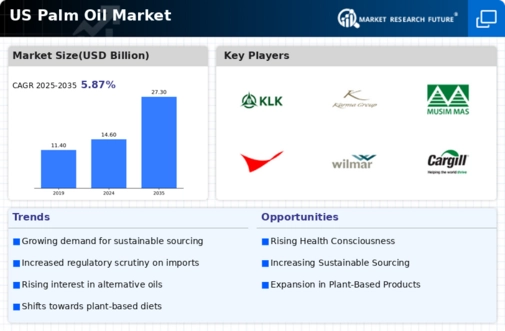
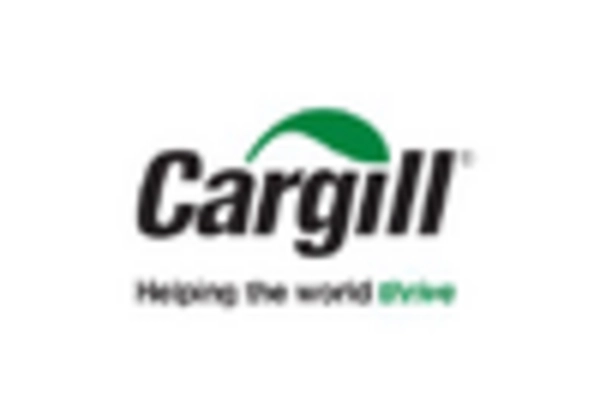
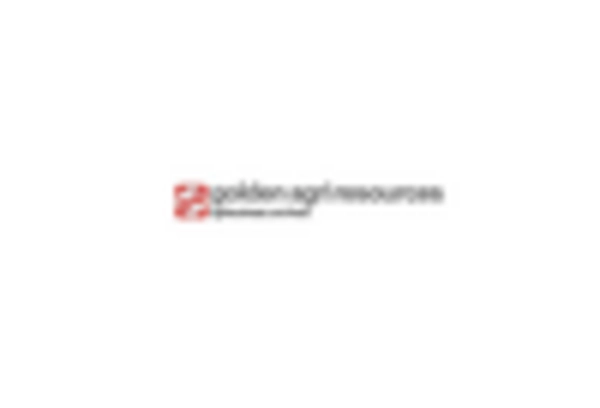
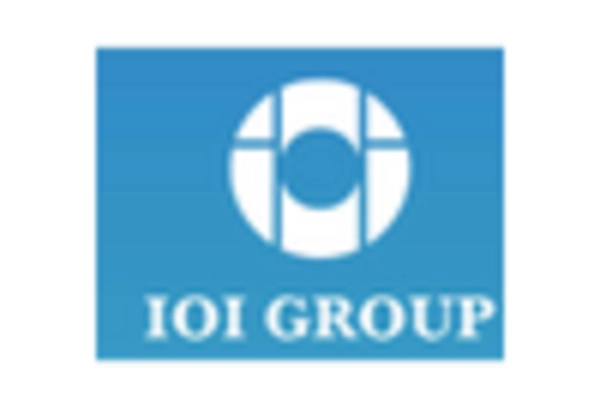
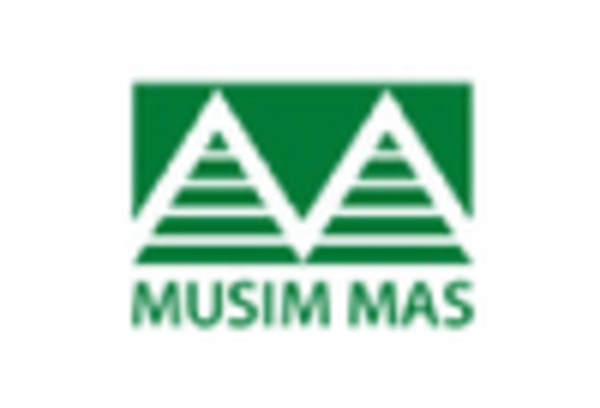
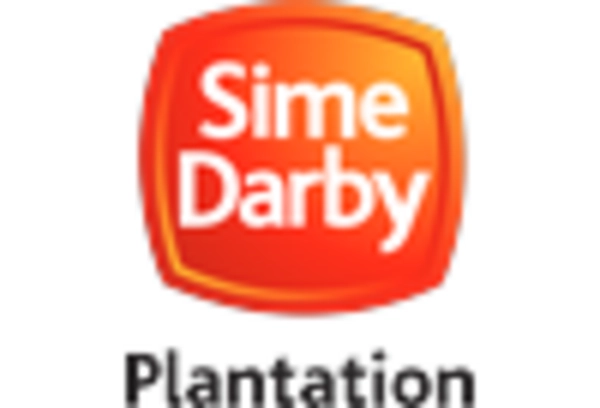
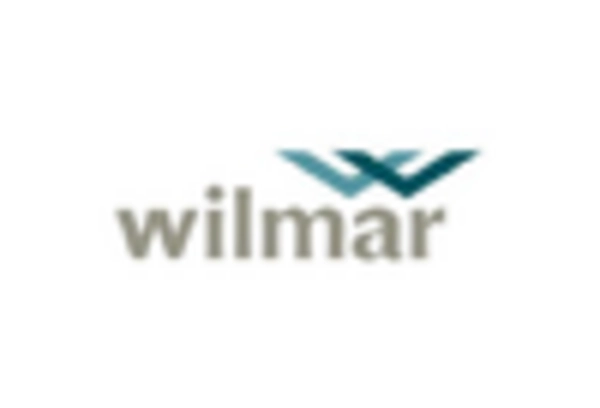








Leave a Comment